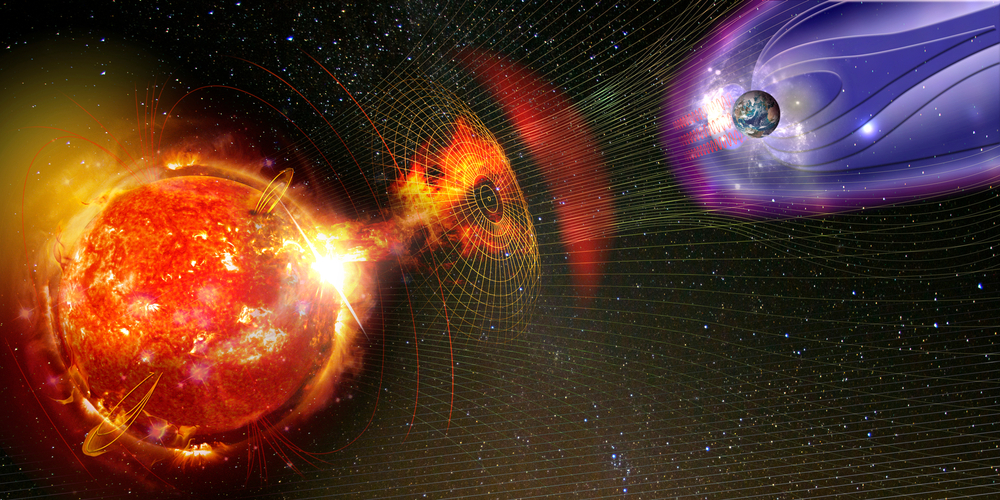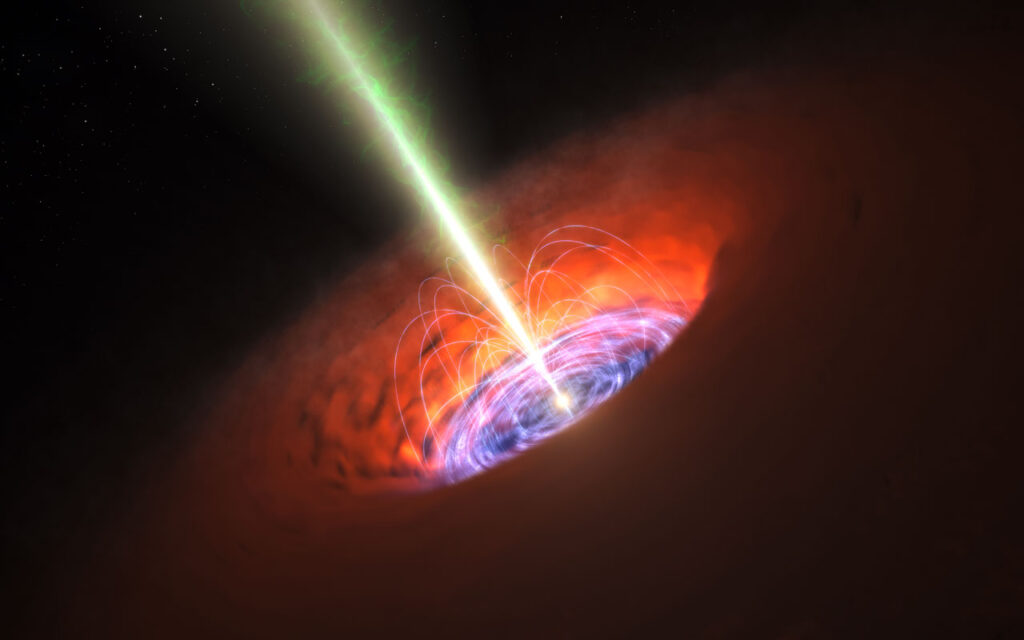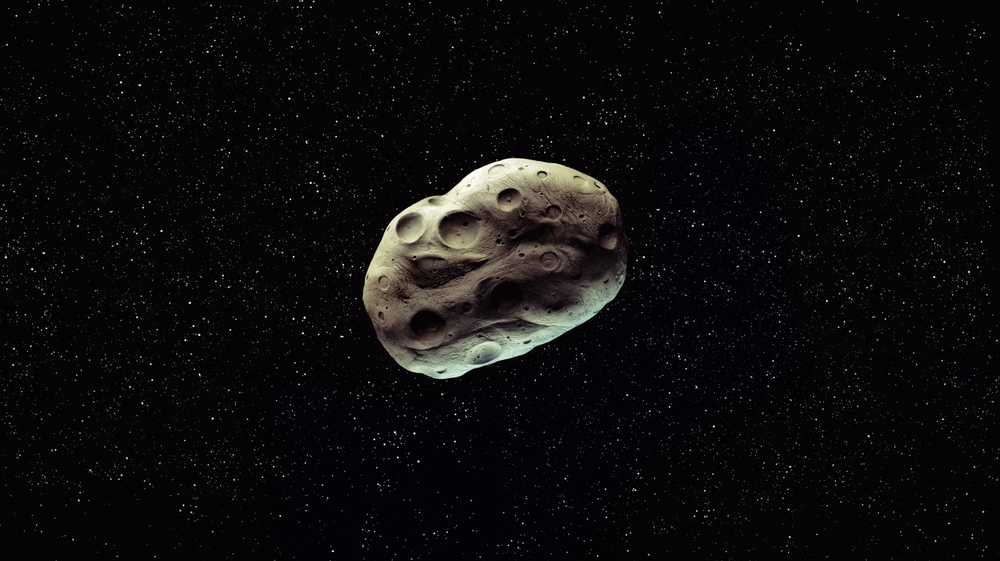Giant Hairy Cylinder Falls on Argentina Farm and Baffles Officials

The quiet farmlands of Puerto Tirol in northern Argentina are usually a place of calm routine, where farmers tend to their fields and the rhythm of rural life remains undisturbed. But that serenity was abruptly shattered on a late September evening when a massive metallic object, covered in peculiar black, hair-like fibers, plummeted from the heavens and embedded itself in a farmer’s land. Measuring around 1.7 meters in length and 1.2 meters in width, the strange cylindrical structure bore all the marks of something extraordinary part technological marvel, part terrifying anomaly. For those who witnessed it, the event felt as though science fiction had suddenly crossed into their daily lives. Farmers, neighbors, and eventually police officers gathered at the scene, unsure whether they were staring at a dangerous piece of military hardware, alien technology, or a forgotten relic of some past experiment.
Within hours, what had been a private concern for one farmer became a national curiosity and a scientific puzzle. Authorities moved quickly to secure the site, establishing a 100-foot perimeter and summoning not only police and firefighters but also bomb disposal experts clad in protective suits. Their mission was clear: determine whether the object was explosive, toxic, or otherwise hazardous. The fear among residents was palpable, fueled in part by the bizarre “hairy” surface of the cylinder and by the uncertainty of its origins. Could this be a fragment of a rocket? A piece of international space debris? Or, as some locals half-jokingly suggested, something more extraterrestrial? By the next morning, news of the mysterious object had spread far beyond the borders of Puerto Tirol, capturing the imagination of people around the world.
The Shocking Discovery in Puerto Tirol
When 47-year-old farmer Ramón Ricardo González first saw the object, it was descending fast from the evening sky, leaving behind a trail of awe and confusion. At around 6:30 p.m., González heard a noise and felt the ground tremble slightly as the metallic cylinder slammed into his land. At first glance, it resembled nothing he had ever seen before: a barrel-like shape, metallic yet partly wrapped in black carbon fibers that frayed outward like hair. He quickly alerted authorities, who wasted no time in mobilizing teams. The fear, of course, was immediate anything that fell from the sky with such force could just as easily have been a weapon as a harmless piece of debris.
When local police and firefighters arrived, their instincts told them to treat the object as potentially dangerous. A bomb disposal squad was dispatched, and before long, the quiet farmland was transformed into a high-security zone with flashing lights, protective suits, and cordoned-off tape. Experts carefully inspected the cylinder, noting a valve at one end, a sizable 40-centimeter hole at the other, and an inscribed serial number on its surface.

The serial number was a clue, but the overriding concern remained whether the object was explosive or contained toxic materials. Specialists tested it for combustibility and chemical hazards, finding no immediate threats but the specter of hydrazine contamination, a notoriously toxic rocket fuel, loomed large in their minds.
The discovery of the serial number hinted at something more mechanical and scientific than alien or supernatural. Still, the atmosphere was one of tension and caution. Local residents watched from behind the security perimeter, whispering theories and speculating on social media about what had just landed in their backyard. While some leaned toward practical explanations like falling rocket debris, others couldn’t help but indulge in more fanciful ideas suggesting UFOs, secret government experiments, or even failed space weapons tests.
What is a COPV and Why It Matters
"Misterio"
— Tendencias en Argentina (@porqueTTarg) September 26, 2025
Porque la caída desde el cielo de un extraño objeto no identificado en la provincia de Chaco. pic.twitter.com/lnwYA4mOdw
After closer inspection by experts in aerospace technology, the mysterious cylinder was identified as a composite overwrapped pressure vessel (COPV). This type of device plays a crucial role in modern rocketry, allowing spacecraft to store fluids usually fuel at extremely high pressures while minimizing weight. A COPV consists of a metallic liner wrapped in strong, lightweight fibers such as carbon fiber. It is this fibrous outer wrapping that gave the Puerto Tirol object its strange “hairy” look, unsettling to locals but instantly recognizable to aerospace engineers.
COPVs are not obscure components. They are widely used in space programs around the world, from NASA to SpaceX to China’s rapidly expanding space industry. Their role is vital: by keeping pressurized fuels stable without adding too much bulk, they enable rockets to be both efficient and powerful. Without COPVs, much of today’s ambitious satellite launches and manned missions would be impossible. Yet, the very qualities that make them indispensable lightweight strength and high tolerance to pressure also mean they can survive re-entry into Earth’s atmosphere, unlike many other parts of a spacecraft that burn up on descent.
In Argentina’s case, the object’s durability likely ensured it stayed intact as it hurtled back toward Earth, creating the spectacle and subsequent mystery that shook the residents of Puerto Tirol. Its survival is both a testament to engineering ingenuity and a stark reminder of the hazards of space debris. Unlike burnt fragments of aluminum or charred wiring, a COPV is a sizable and solid artifact, perfectly capable of striking the ground with potentially lethal consequences if it landed in a populated area.
A Possible Link to a Chinese Rocket

Investigators soon turned their attention to recent space launches to determine the origin of the fallen tank. Their leading hypothesis centered on the Jielong-3 rocket, launched by China just a day before the incident. This rocket, which took off from a sea platform off the Chinese coast, had a flight path that aligned suspiciously well with the area of northern Argentina where the cylinder landed. Residents across several regions beneath the trajectory reported seeing a glowing object streaking through the night sky, further supporting the theory.
China has been criticized before for its handling of space debris, particularly with large rocket boosters that have re-entered Earth’s atmosphere uncontrollably. In multiple incidents over the past decade, remnants of Chinese rockets have been found scattered across villages or oceans, drawing international attention and sparking debates over responsibility in space. If the Puerto Tirol cylinder is indeed linked to the Jielong-3 launch, it would add to a growing list of examples where space junk from major powers makes its way back to Earth in unpredictable and hazardous ways.
While definitive confirmation is still pending, the circumstantial evidence strongly suggests the cylinder is a fuel tank capsule from the Chinese mission. The serial number engraved on its surface is expected to provide further clarity, though it may take months before international agencies cross-reference the data with existing records. For now, the possibility remains that Argentina’s mysterious object is one more piece of evidence in the ongoing story of space debris mismanagement.
A Global Problem: Space Junk on the Rise

The case of Puerto Tirol is not isolated. According to the European Space Agency (ESA), more than 1,200 intact space objects re-entered Earth’s atmosphere in 2024 alone, with thousands more fragments of varying sizes also falling. While the vast majority burn up before reaching the ground, those that survive are often components like COPVs, fuel tanks, or heat-resistant panels items that are built to endure extreme conditions. Scientists estimate that there are over 45,000 objects larger than 10 centimeters currently orbiting Earth, with millions of smaller fragments moving at speeds of tens of thousands of kilometers per hour.
This proliferation of space junk is a byproduct of humanity’s rush to populate the skies with satellites. Companies like SpaceX, OneWeb, and Amazon are competing to create satellite constellations for global internet coverage, while government agencies continue their traditional scientific and military launches. The result is a crowded orbit and a growing risk of collisions, which in turn produce even more fragments of debris.
On the ground, the danger remains relatively small but not negligible. The probability of any single person being struck by space debris is exceedingly low, but the Puerto Tirol incident demonstrates that impact zones are unpredictable and can include private land, towns, or even cities. And while no one has ever been killed by falling space debris, there have been close calls. The real fear is not just the falling debris itself but the legal and environmental consequences that follow questions of responsibility, liability, and cleanup remain largely unresolved in international law.
Fear, Fascination, and Local Reaction

For the people of Puerto Tirol, the arrival of the strange metallic capsule was both terrifying and mesmerizing. Witnesses described it as unlike anything they had ever encountered: a metallic beast wrapped in black fibers, sitting awkwardly in the middle of González’s field. Fear spread quickly, with some residents worrying about contamination and others speculating about explosive hazards. Police urged locals to keep their distance, warning that direct contact with the object could expose them to toxic materials such as hydrazine.
Despite these warnings, fascination proved just as strong as fear. Photographs of the “hairy cylinder” went viral on social media, sparking debates and jokes across the globe. Amateur stargazers identified it as a pressure vessel and noted that while it posed no broader threat, it certainly would have been catastrophic for anyone unlucky enough to be in its direct path. The mixture of anxiety and amusement became a defining feature of the story one that captured international headlines.
For González himself, the experience was surreal. One day he was tending his land, and the next he was at the center of a global conversation about space debris. He expressed concern for his family’s safety but also admitted curiosity about what the object represented. For him, the incident underscored how deeply interconnected local life and global events had become. A farmer in northern Argentina suddenly found himself linked to a rocket launch thousands of miles away in China.
What Comes Down Must Be Dealt With

The Puerto Tirol incident serves as a cautionary tale for the world. It highlights both the marvels and the perils of our growing presence in space. On the one hand, the existence of a composite overwrapped pressure vessel illustrates the extraordinary engineering feats achieved in modern rocketry. On the other, its uncontrolled descent into a farmer’s field reveals the shortcomings of our space governance and debris management systems.
Space agencies are acutely aware of the problem. Proposals are on the table for active debris removal missions, which include using nets, robotic arms, or even ground-based lasers to target and deorbit hazardous fragments. Yet these solutions are expensive and logistically complex, and so far none have been implemented on a large scale. Meanwhile, international treaties offer little clarity on accountability, leaving nations and private companies to operate without strict enforcement.
In the end, Puerto Tirol’s “hairy” cylinder is more than just a curiosity it’s a symbol of a future in which humanity must reconcile its ambitions in space with its responsibilities on Earth. Every launch, every satellite, and every rocket component adds to a growing legacy of orbital clutter that does not simply disappear. Sooner or later, it comes back down.
Earth Beneath the Satellites
The fall of the metallic object in Puerto Tirol transformed a quiet farming community into the epicenter of a global discussion. From the moment it landed, wrapped in its strange black fibers, it captured the imagination of scientists, journalists, and ordinary citizens alike. Was it alien, dangerous, or simply a byproduct of humanity’s technological ambitions? The answer, as experts concluded, lies firmly in the realm of space debris mundane yet deeply significant.
For farmer González, the incident will remain a personal story of shock and bewilderment. For the rest of us, it is a glimpse into the new reality of the 21st century: one where the sky is no longer a serene expanse but a busy, crowded frontier filled with both promise and peril. Satellites bring us communication, navigation, and science, but their discarded remnants remind us that space is not a dumping ground free of consequences.
The lesson from Puerto Tirol is clear. Space is part of our shared environment, and just as we have learned to manage pollution on land and in oceans, we must now confront the growing threat above our heads. Whether through better regulations, innovative cleanup technologies, or international cooperation, the responsibility to act is urgent. Because while most debris burns away unseen, some of it like the hairy metallic cylinder in Argentina falls directly into our lives, demanding we pay attention.
Loading...

